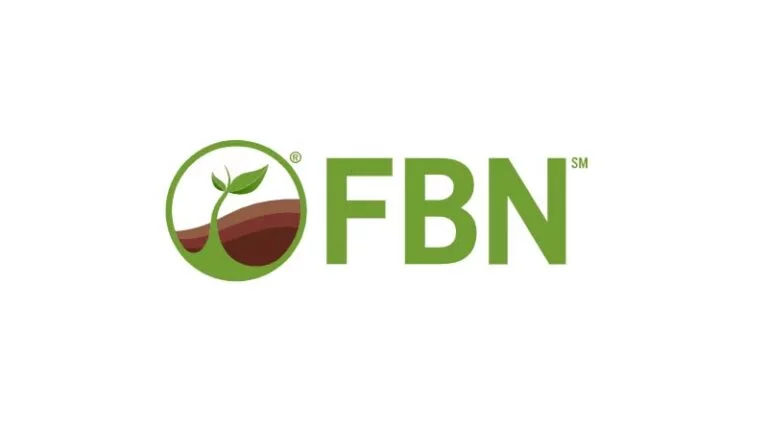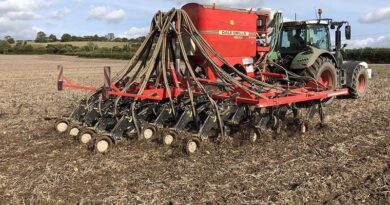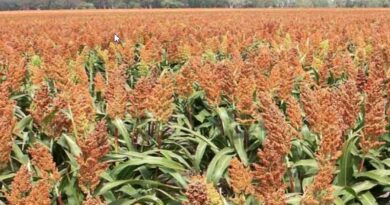No-Till, Reduced and Conventional Tillage: A Cheat Sheet for Farmers
30 October 2023, US: As you begin planning for the next growing season, you might be wondering if tillage still fits into your farm operation.
There are two key tillage options:
- No-till or reduced tillage
- Conventional tillage
Let’s delve into these tillage options and what they can do for your fields.
No-Till and Reduced Tillage
No-till or reduced tillage practices allow you to spend less time in the field, save money on fuel and improve soil properties and structure.
These practices leave more residue on the surface while improving earthworm numbers and creating channels for water and nutrients to move downward. Root systems also help break up light compaction areas.
Disking, an example of a reduced tillage practice, mixes residue in the top few inches to allow soil microbes to get a jumpstart on breaking it down. If the soil is moist, consider running tillage equipment no more than three inches.
Vertical tillage has become more popular in recent years, running one to three inches deep and fluffing the remaining residue with shallow penetration. Coulters can be angled for more aggressive tillage and residue mixing.
In a corn-soybean rotation using no-till, leave the corn head high and spread the trash coming out of the combine evenly. This limits the amount of residue matting the soil surface, allowing the soil to dry and warm up more quickly in the spring. The corn stalks also help to hold snow and minimize wind erosion. Planting soybeans into high residue fields works well, since they are more adaptable to the residue.
Conventional Tillage
Conventional tillage is still common across the country. The key to this approach is to balance residue management with soil structure improvements, ensuring that you maintain at least 30 residue on the surface to minimize wind and water erosion throughout the winter and early spring.
Do not till wet or saturated soils as this can create large clods; excessive clodding can make it difficult to achieve a satisfactory seed bed in the spring. Chisel plows or rippers can be adjusted to run more shallow with straight shanks, limiting clodding and smearing of the soil.
Keep in mind that subsoil tillage and ripping year after year does not help your bottom line. There is little information that suggests a higher return on yield after the initial compaction pan is removed.
Ag Inputs from FBN Direct®
FBN Direct has a diverse array of crop protection, crop nutrition, seed and other key inputs you need to keep your operation running smoothly.
With 24/7 digital shopping access, direct-to-farm delivery, transparent pricing and savings opportunities, and detailed label information for each product, FBN Direct offers the information and products you need to build an effective crop protection strategy this season.
Also Read: Innovative Label Design: Revolutionizing Agrochemical Packaging in India
(For Latest Agriculture News & Updates, follow Krishak Jagat on Google News)















